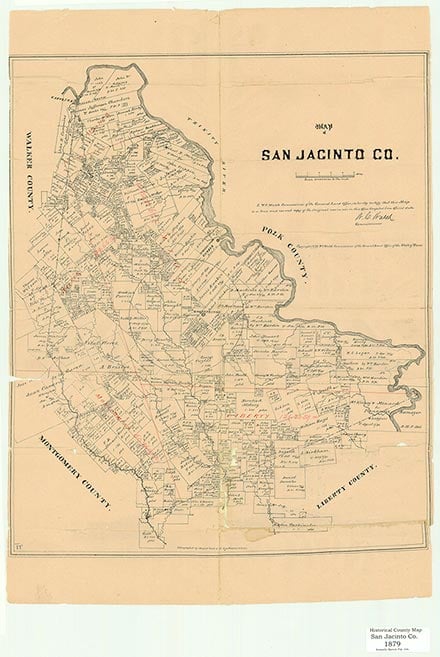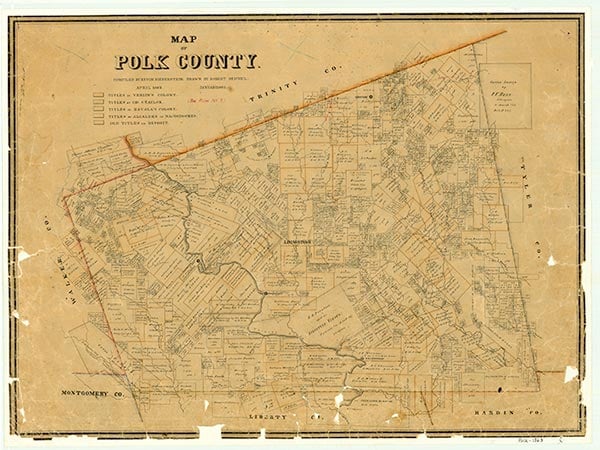Duncan's Ferry


The Battise Trace was one of the trails radiating from the village of Long King, the principal chief of the Coushatta Indians in Texas during the first three decades of the nineteenth century. This trace connected Long King's Village in southern Polk County with Battise Village, near the mouth of Kickapoo Creek on the Trinity River in San Jacinto County. From Long King's Village the Battise Trace extended northwestward on the east side of the Trinity River in Polk County, went across Garner's Prairie south of Blanchard, led through the headwaters of Penwa Slough, and then crossed Caney Creek, Sandy Creek, and Kickapoo Creek. Next, the trail turned southeast near Onalaska, crossed the Trinity River near the mouth of Kickapoo Creek at a point where Duncan's Ferry (later Patrick's Ferry) was established, and proceeded to Battise Village in San Jacinto County. The Coushatta Trace crossed the Trinity at the same place, and Patrick's Ferry continued to be used until the development of automobiles and a state system of roads and bridges.
The trail between Long King's Village and Battise Village is mentioned six times in surveyors' field notes for land surveys in western Polk County. A typical entry related to the Battise Trace may be found in the field notes for the Thomas Burrus Survey, which refer to "a road leading from the Long King's Village to the Baptiest (Battise) Village."
Howard N. Martin | © TSHA

Adapted from the official Handbook of Texas, a state encyclopedia developed by Texas State Historical Association (TSHA). It is an authoritative source of trusted historical records.
Belongs to
Duncan's Ferry is part of or belongs to the following places:
Currently Exists
No
Place type
Duncan's Ferry is classified as a Town
Associated Names
- (Battise Village)
- (Patricks Ferry)
Has Post Office
No
Is Incorporated
No

